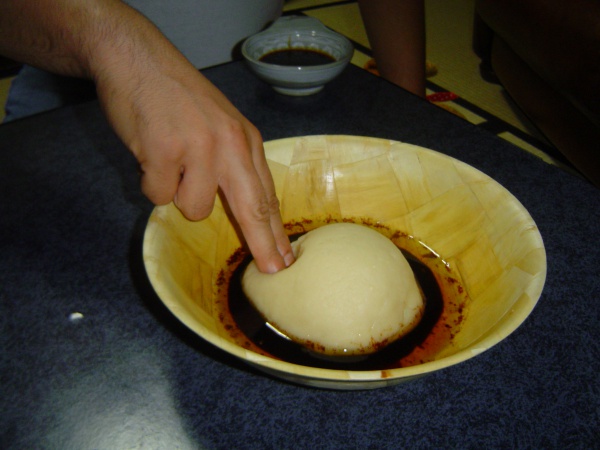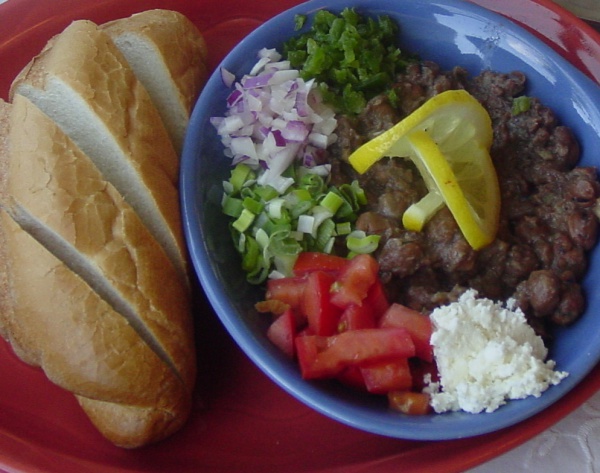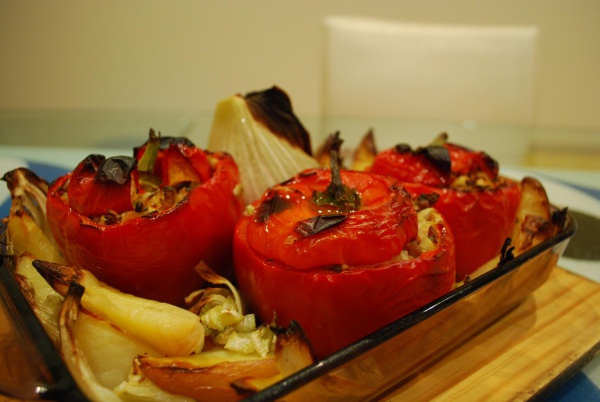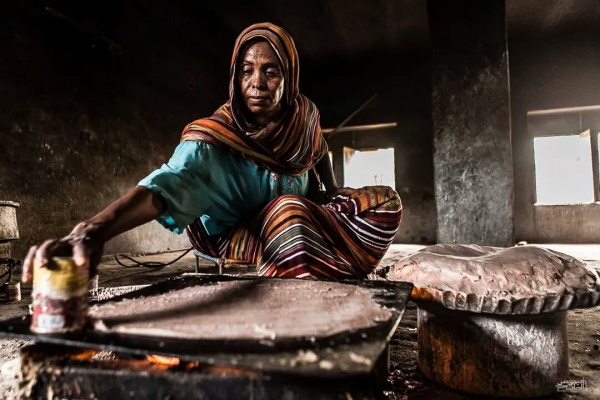
Food in Sudan
| Due to the unstable situation and very high level of general risk, traveling to Sudan may be dangerous. Read more |
Taste of Sudan – Top Must-Try Dishes for Food Lovers
Sudan, a country where the Nile kisses the Sahara, opens up a world of flavors that tells the story of its diverse cultural heritage. A melting pot of African and Arab influences, Sudanese cuisine is an integral part of the country's identity, offering visitors a chance to indulge in its rich gastronomic traditions. From hearty stews to aromatic bread, the food of Sudan is as inviting as the warm hospitality for which its people are known. Here is a guide to the must-try dishes and culinary experiences for travelers eager to savor the authentic tastes of Sudan.
Sudanese Dishes
Ful Medames
Ful Medames is a staple dish in Sudanese cuisine, consisting of slow-cooked fava beans seasoned with cumin, garlic, and lemon juice. It's often garnished with fresh onions, tomatoes, and parsley, and served with a drizzle of sesame or olive oil. This hearty dish is typically enjoyed for breakfast, accompanied by flatbread or pita for scooping.
Ta’amiya (Sudanese Falafel)
Ta’amiya, the Sudanese version of falafel, is made from ground fava beans or a combination of fava beans and chickpeas. These patties are seasoned with fresh herbs, spices, and garlic, then deep-fried until golden and crispy. Ta’amiya is commonly served in a sandwich with salad and tahini sauce or as a snack with a variety of pickles and dips.
Mulukhiyah
Mulukhiyah is a beloved dish in Sudan, made with jute leaves that are cooked down into a thick, savory stew. It is often flavored with garlic, coriander, and sometimes meat, such as chicken or lamb. The stew is typically served over rice or with a side of bread for dipping, creating a comforting and nutritious meal.
Kisra
Kisra is a traditional Sudanese bread that's thin and spongy, similar to a crepe. It's made from durra (Sorghum) or wheat flour and is a common accompaniment to stews and soups, such as Mulukhiyah. Kisra's slightly sour flavor complements the rich, spicy flavors of Sudanese stews, making it an integral part of the dining experience.
Gorasa
Gorasa is another type of bread that is widely consumed in Sudan. It is thicker and softer than Kisra, with a texture that resembles a pancake. Gorasa is often served with stews like Mulukhiyah or with meats, providing a neutral base to soak up flavorful sauces and juices.
Shaiyah
Shaiyah is a popular Sudanese dish featuring grilled or fried meat, typically lamb or beef. The meat is marinated with a blend of spices, including cardamom, cumin, and black pepper, then cooked until tender. Shaiyah is often served with bread or rice, along with salads and dips, as part of a communal meal.
Asseeda
Asseeda is a traditional Sudanese porridge made from wheat flour or cornmeal. It has a dough-like consistency and is usually eaten with savory dishes, such as stews or sauces. Asseeda is often enjoyed during celebrations and family gatherings, symbolizing togetherness and hospitality.
Sudanese Desserts
Basbousa
Basbousa is a sweet semolina cake that is popular in Sudan and across the Middle East. It's soaked in a simple syrup flavored with lemon juice and rose water, giving it a moist texture and fragrant taste. Often topped with almonds or coconut, Basbousa is a favorite at festive occasions and gatherings.
Luqaimat
Luqaimat are sweet dumplings that are a treat in Sudanese cuisine. These bite-sized treats are made from a batter of flour, yeast, and sugar, then deep-fried until golden brown. They are typically drizzled with date syrup or honey and sprinkled with sesame seeds before serving.
Hiloumursik
Hiloumursik is a type of Sudanese sweet cheese made from yogurt. The yogurt is drained to produce a soft cheese, which is then sweetened with sugar and flavored with cardamom or other spices. It can be enjoyed on its own or as a dessert topping, offering a unique taste that blends tangy and sweet flavors.
Tabaldi
Tabaldi is a refreshing Sudanese drink made from baobab fruit pulp. The pulp is mixed with water and sugar to create a tangy and nutritious beverage. It's often enjoyed cold, providing a soothing respite from the heat, and is believed to have various health benefits due to the baobab fruit's rich vitamin content.




 Libya
Libya